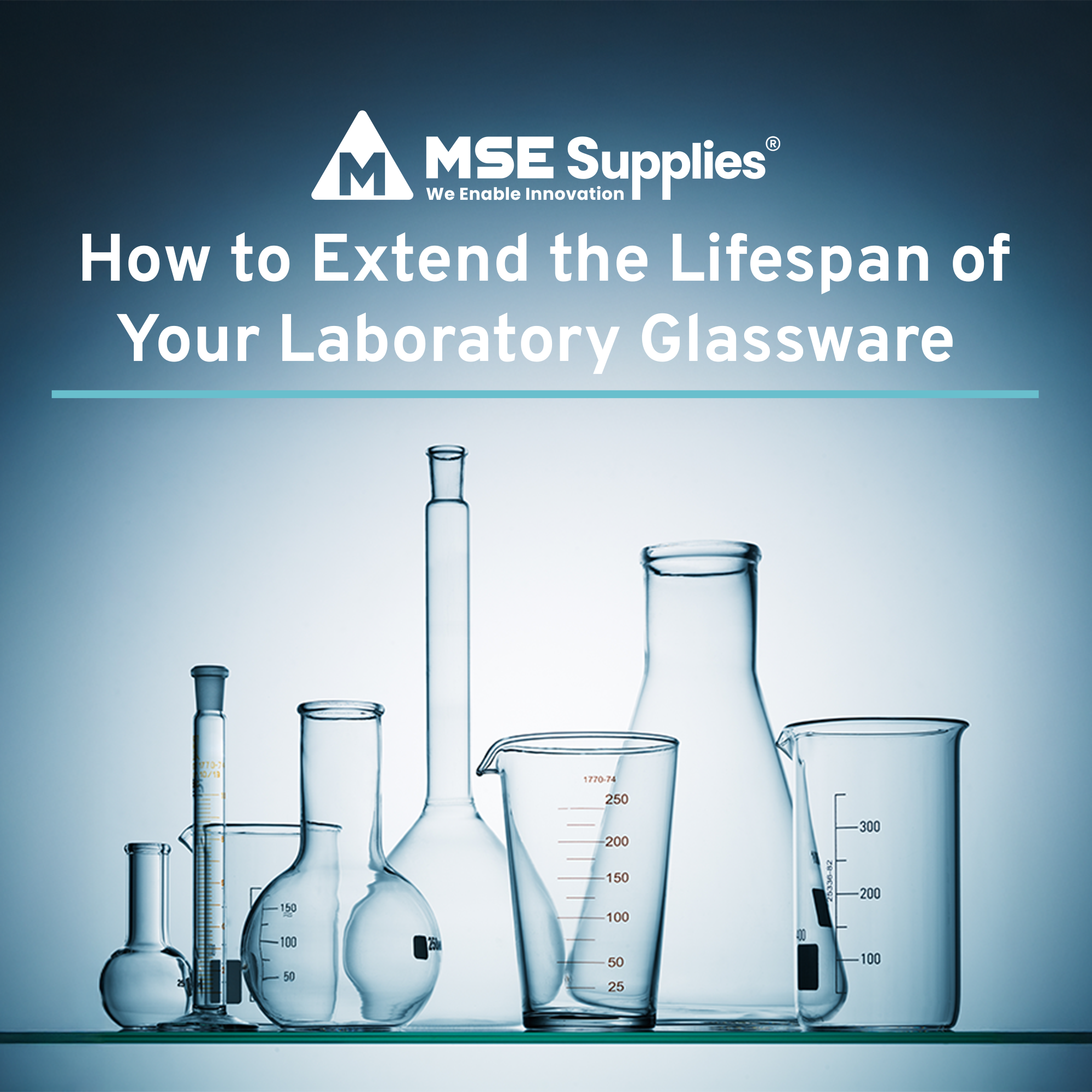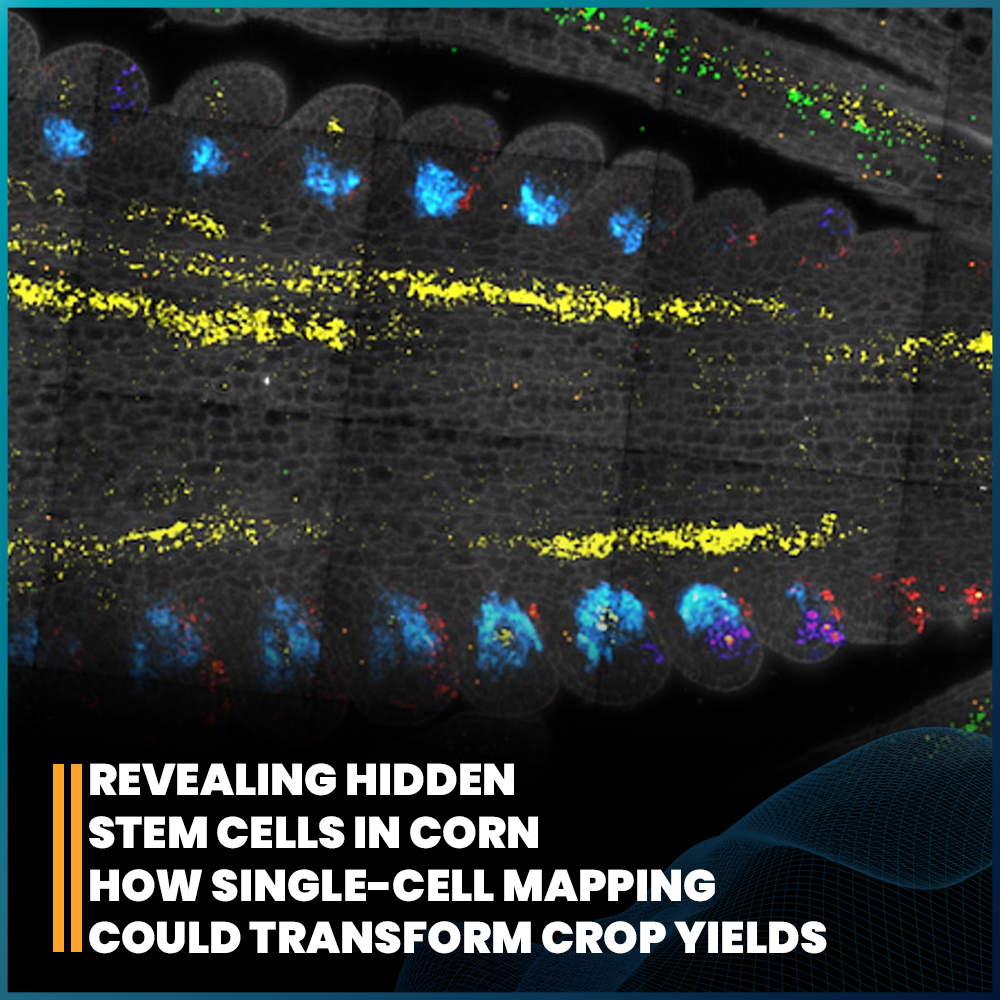Safety First: Fume Hoods Protection
Posted by Marketing Team on

Fuming acids, splashing bases, biohazard chemicals in close proximity to your face – it's a scenario that's hard to fathom, isn't it? Yet, it emphasizes the essence of fume hoods while working in a laboratory is crucial for safety. These crucial instruments play a critical role within a laboratory as protective barriers, minimizing the potential risks that both lab attendants and researchers face through exposure to toxic vapors and fumes.
In this post, we will dig into the inner life of the primary actors of laboratory spaces - fume hoods. Going further, we will talk about their basic parts, airflow patterns, and the best safe working practices. A new understanding of the way to operate fume hoods gives us more credit for their irreplaceable mission to protect laboratory safety.
Fume Hood’s Purpose
It's essential to understand the fundamental purpose of a fume hood which is to safeguard laboratory personnel by containing and exhausting hazardous fumes, gases, or particulate matter generated during experiments.
Operating as a controlled space, a fume hood effectively pulls away and dissipates harmful fumes, gases, or particles with any spilled hazardous chemicals. This is achieved by placing the spill cover over the spill and the second by cleaning up of a spill without involving the personnel. Essentially, a fume hood provides isolation, allowing workers to conduct experiments with harmful substances while safeguarding their exposure.

Components of a Fume Hood
- Bypass Grille
- Function: Produces additional air that varies with the sash height, maintaining consistent face velocity.
- Sash
- Function: A sliding "door" to the hood, allowing the user to adjust the amount of airflow into the hood.
- Airfoil
- Function: Streamlines airflow into the hood, preventing eddies that could carry vapors out of the hood.
- Hood
- Function: The work surface of the fume hood, is usually recessed to contain spills within the hood.
- Rear Baffle
- Function: Moveable partitions are used to create uniform airflow across the hood opening, enhancing containment efficiency.
- Slots
- Fixed Slot- Helps distribute airflow evenly across the hood face.
- Adjustable Slots- Moveable slots are used to create uniform airflow across the hood opening, allowing for flexibility in airflow control.
How Does Airflow Work?
Understanding airflow is pivotal to grasp how a fume hood functions:
Inflow and Exhaust
The airflow dynamic inside a fume hood while operating it is one of its most critical aspects. The airflow in the fume hood is always towards air from the laboratory which is directed into its internal area. This upstream airflow, however, does not only provide a barrier but also prevents the outflow of dangerous compounds and strictness from entering the laboratory. At the same time, the exhaust kit is designed to be entirely sealed within the room, pulling air from inside the fume hood and venting it outside the lab doors, eliminating any risk of indoor air contamination.
Face Velocity
This is another significant element of airflow management that will affect the amount of air entering a fume hood. This speed is tended with high precision and according to the safety requirements. Enveloping toxic gases inside the hood is the main task of the exhaust, this is achieved by maintaining a sufficiently high flow rate so that exposure of laboratory personnel is never happening. Proper airflow management is the biggest factor for a fume hood in operation to be safe and work satisfying in a laboratory environment.
General Do's and Don'ts

This table outlines some general guidelines for proper fume hood usage. Following these do's and avoiding the corresponding don'ts ensures the safe and effective operation of the fume hood, minimizing the risk of exposure to hazardous substances.
Advances in Fume Hoods
Innovations in fume hood technology have revolutionized laboratory safety and efficiency. Below are some standout products offered by MSE Supplies, each equipped with unique features to enhance user experience and ensure optimal safety:
Lab Companion Ductless Fume Hoods
Provide a safe and energy-saving mobile workspace free from toxic vapors and fumes, all without the need for costly ductwork.
Key Features
- Various filters and work surfaces are tailored to specific experimental needs.
- High-quality polyester fiber pre-filter for trapping larger particles and extending the life of the main HEPA filter.
- Built-in anemometer for easy monitoring of internal airflow speed.
- Convenient front access to cartridge-type filters for effortless replacement.
- Built-in utility hole for routing cords or wires of equipment placed inside the hood.
- Fully or half-openable front door for convenient transport of experimental apparatuses.
- Large-capacity blower maintains sufficient intake flow rate while reducing noise.
Ensures the safety of operators and samples when handling potentially hazardous or unknown infectious agents.
Key Features:
- Utilization of ultraviolet light to eliminate germs and maintain a sterile environment.
- Resistance to exposure to weak acids and bases without degradation.
- Nine distinct levels of airflow control for precise ventilation management.
- A motorized window is adjustable in height for user convenience.
- Advanced microprocessor for precise control, complemented by a clear LED display.
- Capability to remember settings and resume operation after a power outage.
- Available in different sizes to fit to your laboratory.
MSE PRO™ Polypropylene Ducted Fume Hood
Suitable for handling hazardous substances and experiments involving strong acids, alkalis, corrosive substances, and volatile compounds.
Key Features:
- Construction from porcelain white PP, resistant to acid, alkali, and corrosion.
- The microprocessor-controlled system with LED display for precise control.
- Memory function for power outage situations, ensuring continuity of operations.
- The front window is made of thick transparent toughened glass for maximum light and visibility.
- Built-in PP centrifugal blower with adjustable speed.
- Use of anti-corrosive water taps to enhance safety.
- Available in different sizes to fit to your laboratory.

Fume hoods stand as stalwart guardians, ensuring the well-being of researchers and the integrity of their experiments. We have explored the inner workings of these indispensable apparatuses and it's evident that their role goes beyond mere containment – they represent a commitment to innovation, efficiency, and, above all, safety. With MSE Supplies, Let us continue to prioritize safety, embrace technological advancements, and uphold the highest standards of laboratory practice.
To learn more about our featured products and how they can enhance your laboratory safety protocols, contact MSE Supplies today. Together, let's safeguard our laboratories and empower researchers to pursue their scientific endeavors with confidence and peace of mind. Safety first, always.
Share this post
- Tags: Brands - MSE PRO, Industry - Agriculture, Industry - Chemistry, Industry - Food & Beverage, Industry - Industrial Process, Industry - Life Sciences, Industry - Material Science, Industry - Medical, Industry - Pharmaceuticals, Industry - Semiconductor, Products - Laboratory Equipment



